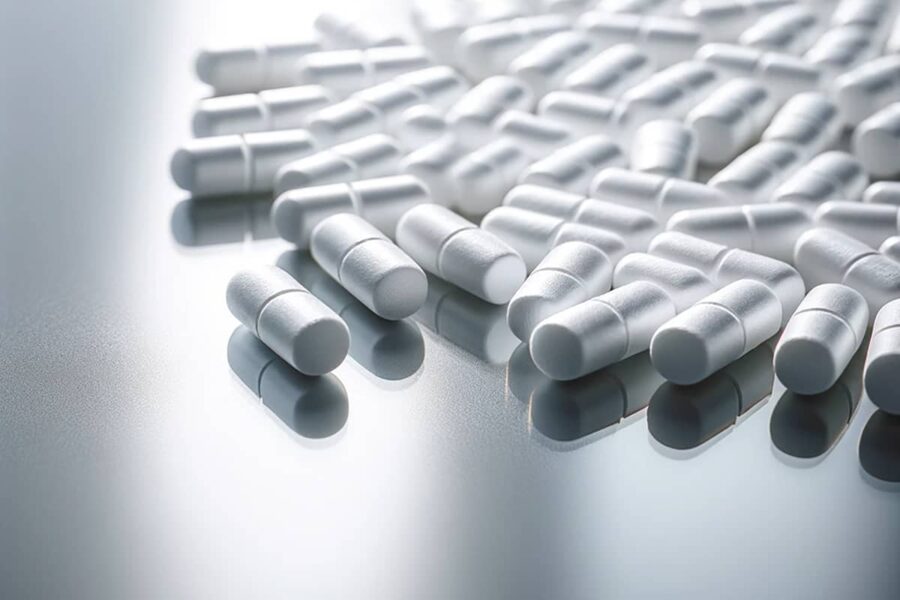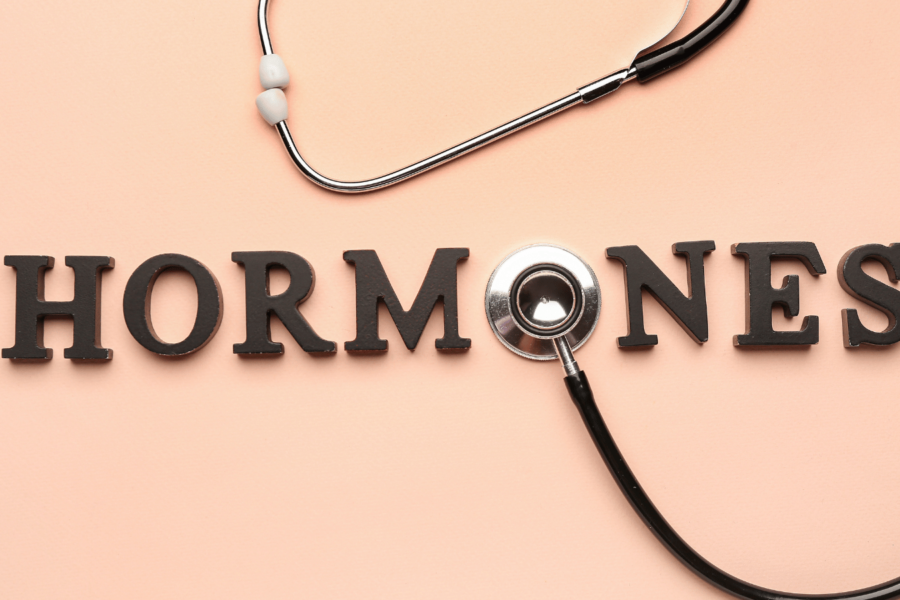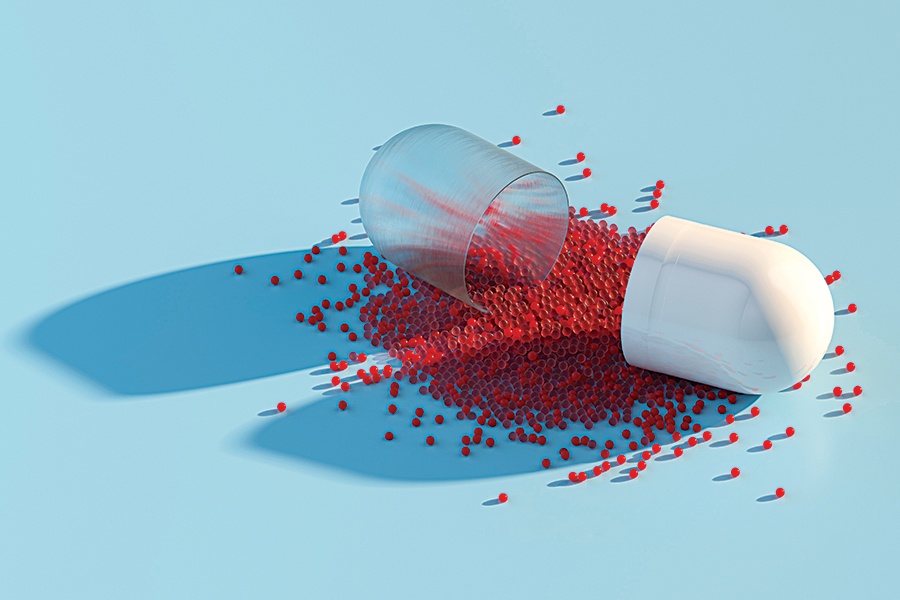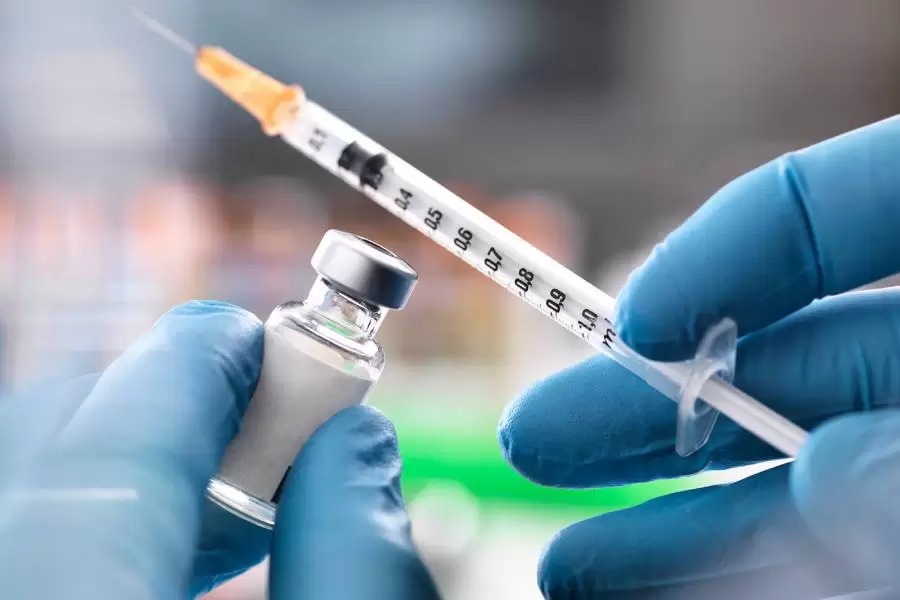Every day, we’re exposed to chemicals that can interfere with our hormones, often without even realizing it. These chemicals, known as environmental hormone disruptors or endocrine disruptors, mimic or block hormones in the body, throwing our delicate hormonal balance off course. Over time, this disruption can lead to issues such as fatigue, weight gain, fertility problems, and even certain types of cancer.
The good news? You can take proactive steps to detox your life and reduce exposure. Here’s how.
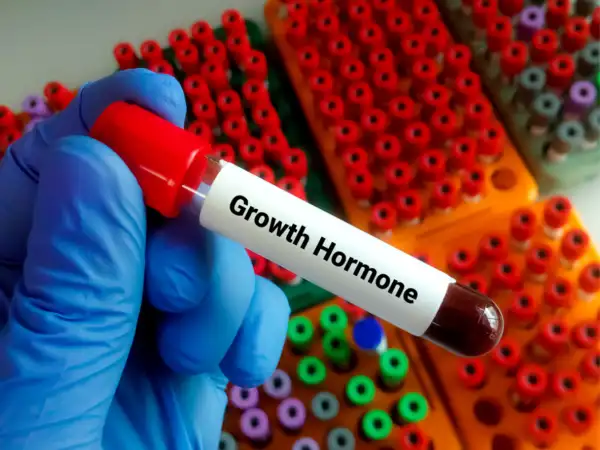
What Are Environmental Hormone Disruptors?
Environmental hormone disruptors are chemicals that interfere with the endocrine system, which regulates hormones throughout your body. They can mimic natural hormones, tricking your body into thinking they’re the real thing, or they can block hormones from doing their job. These disruptions can interfere with processes like metabolism, reproduction, and mood regulation.
These chemicals are found in everyday items, making them hard to avoid. However, understanding their sources is a powerful first step toward minimizing their impact on your health.
Common Sources of Hormone Disruptors
Environmental hormone disruptors are surprisingly widespread. Here are some of the most common culprits to watch for:
Plastics
Bisphenol A (BPA) and phthalates, found in plastic containers, water bottles, and food packaging, are well-known hormone disruptors. They can leach into food or beverages, especially when heated or exposed to sunlight.
Personal Care Products
Many shampoos, lotions, makeup items, and deodorants contain parabens and synthetic fragrances that can mimic estrogen in the body.
Cleaning Supplies
Household cleaning products can release volatile organic compounds (VOCs) and other harmful toxins into the air, which are linked to hormone disruption.
Pesticides and Herbicides
Chemicals used in farming and gardening often contain endocrine-disrupting compounds that can linger on produce or spread through the environment.
Indoor Air
Flame retardants, furniture finishes, and even dust can carry hormone-disrupting chemicals, affecting your health over time.
How to Detox Your Life from Hormone Disruptors
Detoxing your life doesn’t require an overnight overhaul. Small, sustainable changes can make a meaningful difference. Here are actionable steps to reduce your exposure:
1. Swap Plastics for Safer Alternatives
- Replace plastic containers with glass or stainless steel for food and beverage storage.
- Avoid heating food in plastic or using plastic wrap in the microwave.
- Look for BPA-free labels, but remember, even BPA-free plastics may contain other harmful chemicals.
2. Choose Natural Personal Care Products
- Read the ingredient labels on shampoos, lotions, and makeup. Avoid parabens, sulfates, and synthetic fragrances.
- Opt for brands that prioritize natural, organic, and toxin-free ingredients.
- Try DIY skincare recipes using safe, simple ingredients like coconut oil or shea butter.
3. Clean Smarter, Not Harder
- Switch to non-toxic cleaning products. Look for plant-based cleaners or make your own with ingredients like vinegar, baking soda, and essential oils.
- Avoid air fresheners and scented candles with artificial fragrances; instead, use diffusers with pure essential oils to freshen your space.
4. Be Mindful of Your Food Choices
- Choose organic produce where possible to avoid pesticide residues. If buying conventional, wash fruits and vegetables thoroughly or peel them when appropriate.
- Reduce consumption of processed and packaged foods, which can contain hidden chemicals.
5. Improve Indoor Air Quality
- Open windows regularly to increase ventilation and reduce accumulation of indoor pollutants.
- Use an air purifier to filter out dust and chemicals.
- Dust and vacuum with a HEPA filter to minimize exposure to flame retardants and other toxins in household dust.
Conclusion
Environmental hormone disruptors are a hidden challenge of modern living, but by educating yourself and making thoughtful choices, you can take control and protect your health. Start small by swapping out commonly used items for safer alternatives and continue building healthier habits over time. These changes not only benefit your own well-being but also contribute to a cleaner, more sustainable environment.

